Home »
Misc »
How to deal with a ball hog in basketball
How to deal with a ball hog in basketball
How to Effectively Handle Ball Hogs
In the game of basketball, there are rules, positions and regulations to abide by. A playing style that officially, breaks no rules but unofficially destroys team spirit is hogging the ball. Here, we tell you how to deal with ball-hogging players on your basketball team.
You meet all types of people everyday. The same rule applies to the sport of basketball. You can meet the greatest of players, the lamest of players, the best shooters, the coolest dribblers and your playing buddies that make the sport great. And at some point of your basketball playing history, you have met the ball hog. You know a basketball ball hog by the way he holds onto the ball for dear life. He rarely or rather never passes the ball. From the moment the ball touches his hands, he is playing his own game of basketball. Rather than passing it to a teammate at the 3-point line or close to the basket, he’ll shoot an impossible shot that will never score.
Ball hoggers love to shoot, in fact, most think they are the only people on a team that can shoot and will ignore other free players.![]() They love excessive dribbling and dodging around the opposition but will not pass the ball. Whether it’s showing-off, trying to impress the crowd or just an “I’m ignoring my teammates” attitude, ball hoggers are annoying to the extreme. But the rulebook doesn’t say anything against it. So how do you deal with a ball hog on your basketball team?
They love excessive dribbling and dodging around the opposition but will not pass the ball. Whether it’s showing-off, trying to impress the crowd or just an “I’m ignoring my teammates” attitude, ball hoggers are annoying to the extreme. But the rulebook doesn’t say anything against it. So how do you deal with a ball hog on your basketball team?
As a Coach
Alert the Player about His Hogging Habits
Sometimes a player doesn’t realize he is handling the ball too much. Or maybe he isn’t alert enough to realize that his teammates are open or in position, perhaps because he doesn’t look around enough or at all. Take the player aside and have a quiet word with him about his attitude. Emphasize team spirit and the unity that comes with the sport and how basketball is meant to be played as a team, not as a solo hero running around with the ball.
Remind Your Players “Who’s In Charge”
A good player can get cocky with praise and success might go to his head. He might feel he’s the one carrying the team and the way he plays, is the way the game should be played. So he may hog the ball, because his playing attitude is “if you want something done right, do it yourself”. As a coach, dealing with this attitude is of key importance, as such players will soon question your rules and threaten your authority. Talk to such players firmly but sternly. Let them know who’s in charge and who makes the rules.
So he may hog the ball, because his playing attitude is “if you want something done right, do it yourself”. As a coach, dealing with this attitude is of key importance, as such players will soon question your rules and threaten your authority. Talk to such players firmly but sternly. Let them know who’s in charge and who makes the rules.
Emphasize the Right Way to Play During Practice
The way your team practices and trains together, is the way it plays together on the court. So during practice, implement more passing drills and stress the need to pass to the open player. Make your players realize how to be realistic when taking shots. In situations where they can make a shot but the chances of scoring are slim, they need to pass the ball to their teammates. Organize drills where players must pass the ball after sometime, not just dribble and dodge to reach the basket. Another strategy is to carry out no-dribbling drills, where players must pass and play to score. Watch for ball hogs during practice sessions and nip hogging behavior in the bud itself. Praise players for assists and defenses and award unselfish players, who play for the team. Along with keeping score, keep a count of passes and assists as well.
Praise players for assists and defenses and award unselfish players, who play for the team. Along with keeping score, keep a count of passes and assists as well.
As a Player
Organize an Intervention
Some players just aren’t aware of their hogging habits. As a team, present a united front and talk to the player straight out but do not confront or fight with the player. Explain what’s going on, how it affects the team and listen to what he has to say too.
Do Not Pass the Hogger the Ball
Give the hogger a taste of his own medicine by not passing him the ball ever. Discuss playing strategies with your teammates and try to keep the ball to yourselves. But don’t hurt your gameplay, just try to send a message. Do not end up becoming a hogger yourself. One ball hog is more than enough on a team of five.
Assess Your Own Gameplay
Are you really in the best location to make a shot? Sometimes a player will hog a ball, because his teammates just aren’t where he needs them at the right time.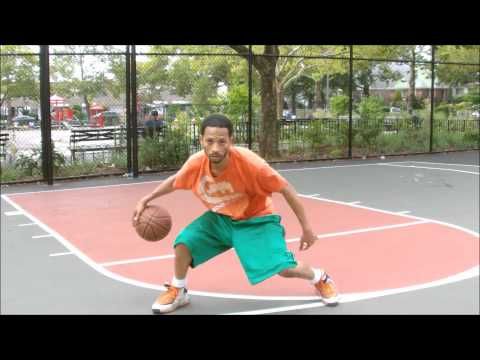 So he may not pass the ball because it’s more reasonable for him to take the shot. Game skills could also play a part. If teammates miss even the easiest of shots and keep losing the ball to the opposing team, a player is sort of justified in being a hogger. One strategy which involves handling the hogger and scoring, is to pass the ball to the hogger, only when he is within scoring distance from the basket. However, this will work only if the ball hogger is a good scorer.
So he may not pass the ball because it’s more reasonable for him to take the shot. Game skills could also play a part. If teammates miss even the easiest of shots and keep losing the ball to the opposing team, a player is sort of justified in being a hogger. One strategy which involves handling the hogger and scoring, is to pass the ball to the hogger, only when he is within scoring distance from the basket. However, this will work only if the ball hogger is a good scorer.
Improve Your Gameplay
Let the ball hogger do what he does best. Meanwhile do not allow his behavior to affect your game. Ball hoggers can make you feel useless on the team and unneeded. Do not let such negativity affect you, instead work towards bettering your gameplay. Get the ball before the hogger, shoot to score and pass it to other teammates. You can also work on your skills away from the ball, like guarding or blocking shots. Hard work never goes unnoticed.
Dealing with a ball hog on your basketball team, is never easy whether you are a coach or a teammate.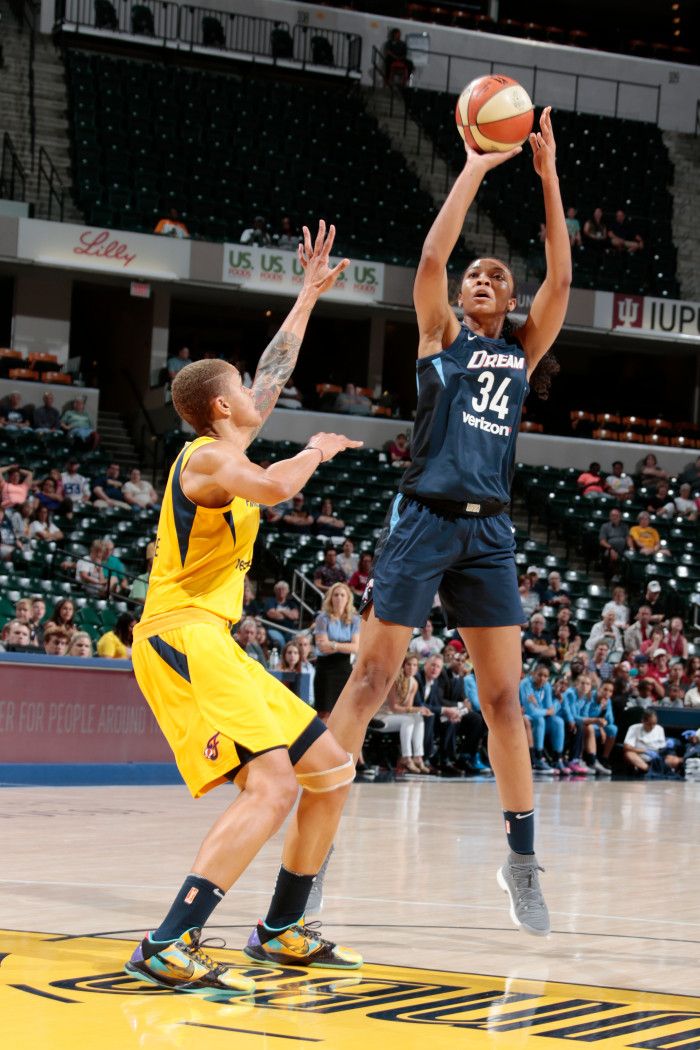 But ultimately the team’s needs must be put first, no matter how good at the game, the ball hogger is. Basketball is not a one-man show or a solo sport, it takes a team of five to score and defend and if team spirit, morale and gameplay are being affected by someone’s hogging, then take firm steps to stop it.
But ultimately the team’s needs must be put first, no matter how good at the game, the ball hogger is. Basketball is not a one-man show or a solo sport, it takes a team of five to score and defend and if team spirit, morale and gameplay are being affected by someone’s hogging, then take firm steps to stop it.
Like it? Share it!
Uncategorized
Get Updates Right to Your Inbox
Sign up to receive the latest and greatest articles from our site automatically each week (give or take)...right to your inbox.
Blog Updates
Email Address *
Dealing with a Ball Hog on Your Basketball Team
By: The National Alliance For Youth Sports and Greg Bach and
Updated: 03-26-2016
From The Book: Coaching Basketball For Dummies
Coaching Basketball For Dummies
Explore Book Buy On Amazon
A ball hog — a player who hangs onto the ball for extended periods of time and always looks to shoot rather than pass — creates real problems for the entire team. For instance, a ball hog ignores open teammates who have worked to get into position to score, which undermines team morale and kills your sense of unity. As a basketball coach, you have to find a way to deal with this.
For instance, a ball hog ignores open teammates who have worked to get into position to score, which undermines team morale and kills your sense of unity. As a basketball coach, you have to find a way to deal with this.
If you have a ball hog on your team, you may get frustrated and not know what to do. Here are a couple ways a player can earn the unwanted ball-hog label and actions you can take to help him ditch it:
- He's unaware: Perhaps the youngster isn't aware that he's hanging onto the ball too much. He watches older players who score a lot and wants to emulate them. Maybe he's new to basketball or hasn't been involved in any type of team setting before, and he needs to get accustomed to how sharing the ball makes for a stronger and more effective unit. Go with drills that emphasize passing to help your players break their habit of dribbling and shooting every time down the floor. You can even hold no-dribble scrimmages, where players can only pass and shoot the ball.

- He receives mixed instructions: Perhaps the child receives conflicting instructions from his dad or mom at home. A parent may be telling the child that he's the team's best shooter and that he needs to take more shots. How can you tell? If the child seems to be doing everything differently than how you're instructing the team, do some investigating. Ask the child why he isn't listening to your instructions. Perhaps he didn't understand what you were saying.
If he confesses that he's receiving conflicting instructions, that plops the youngster in confusing territory and forces you to step in. Talk to the child about his responsibility to be a team player and to listen to your instructions, and reinforce to the player's parents that they need to support what you're trying to teach the kids.
If you have a ball hog on your team, take a closer look at your practices, because they may actually be causing some of the problems. During your drills, double check to make sure that you aren't allowing a player to dribble the ball for extended periods of time or to take the majority of the shots. If you notice inequity in your practices, resort to specific types of drills or scrimmages that eliminate opportunities for ball hogs to flourish.
If you notice inequity in your practices, resort to specific types of drills or scrimmages that eliminate opportunities for ball hogs to flourish.
This article is from the book:
- Coaching Basketball For Dummies ,
About the book authors:
This article can be found in the category:
Fight for the ball | Techniques
The struggle for possession of the ball is one of the main tasks of the player in defense.
A full-fledged player in defense is guided by the principle "the best defense is an attack."
Unfortunately, we still have quite a few players and entire teams who are limited only to guarding the basket and do not take any active measures to take possession of the ball, patiently waiting for the opponent's mistakes.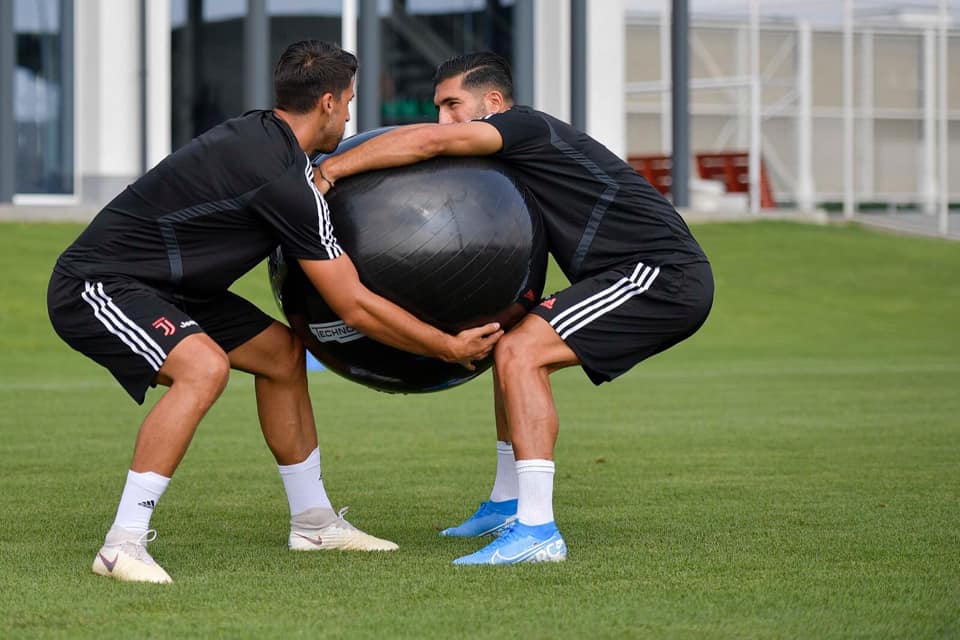 Such defensive play deserves sharp condemnation.
Such defensive play deserves sharp condemnation.
One of the reasons why some players and teams are passive in defense is that most coaches pay little attention to ball handling techniques and do not care about improving them at all. As a result, many players do not master these techniques and, of course, do not use them in the game.
Among the leading players and teams there are many real masters - "ball hunters". An example is the player of the USSR national team K. Petkevicius (Leningrad), who uses all the techniques of fighting for the ball in the game.
In order for the player to perfect these techniques, it is necessary to systematically improve them in the training process.
The main techniques in the fight for possession of the ball are: interception, knocking out, pulling out and fighting for the ball after rebounding from the backboard.
Ball interception . Interception of the ball is the best means of counterattack. The interception of the ball, as a rule, takes the opponent by surprise, and thus creates extremely favorable conditions for the transition to the attack.
Interception of the ball is most often possible if the attacker passes the ball inaccurately, does not go towards the pass during cross passes, especially repeated ones, as well as in all other favorable cases of the game.
If the interception fails, the player must immediately stop and quickly turn back. To intercept the ball, the player must take an advantageous position, prepare for a quick dash and correctly determine the distance, the pace of the upcoming pass.
The player's actions must be unexpected, fast, ahead of the attacker's (Fig. 60). The surprise of a jerk depends on the ability to disguise your actions. To do this, the player must demonstrate passivity and indifference to the upcoming transfer of the ball with all his appearance.
The constant threat of interception affects the decisiveness of the enemy's actions.
Fig. 60. Intercepting the ball
Kicking the ball . The ball is knocked out of the hands of the opponent either while dribbling or throwing into the basket. You can knock the ball out of the hands not only of a gaping opponent, but also of a player who used dribbling and holds the ball in his hands, or a player who lowered his hands with the ball before throwing it into the basket, and in a number of other cases.
You can knock the ball out of the hands not only of a gaping opponent, but also of a player who used dribbling and holds the ball in his hands, or a player who lowered his hands with the ball before throwing it into the basket, and in a number of other cases.
In order to tap the ball, the defender allows the opponent to approach or himself suddenly approaches him and with a quick movement of his hand, reminiscent of the movement of a cat's paw, knocks the ball out of the opponent's hands.
Given that the hands holding the ball form a kind of bowl, knocking the ball from top to bottom is less effective than from bottom to top, in this regard, it is advisable to knock the ball with the movement of the hand from bottom to top. Since the distance between the palms holding the ball is extremely small, the ball is knocked out with the edge of the palm.
When dribbling the ball, it is advisable to take it out at the moment when the ball makes its way after rebounding from the floor to the hand.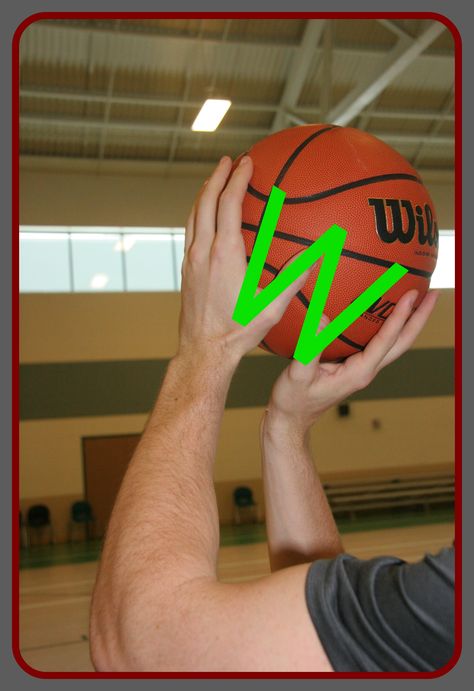 Another technique is used to select the ball while dribbling. The defender, having caught the pace of dribbling, puts his hand on the ball bouncing off the floor a little earlier than the opponent and thereby takes the ball away from the opponent’s hands, continuing to dribble it himself (Fig. 61). Knocking out the ball at the moment of throwing into the basket requires especially delicate calculation and high skill. Often, a skillfully knocked out ball saves the team from a sure hit. According to the execution technique, this resembles the action of a volleyball player when blocking, and the hand rests on top of the ball (Fig. 62). This technique is perhaps better called covering the ball. Covering the ball during shots to the basket is also applied if the defender overtakes the attacking player at the moment when he has already started the shot to the basket. In this case, the defender has the only means of fighting against the shot that has been started - this is to cover the ball. In order not to make a gross mistake, the defender is obliged, without reducing the speed of his movement, to determine the direction of his movement and the position of the ball in the hands of the opponent.
Another technique is used to select the ball while dribbling. The defender, having caught the pace of dribbling, puts his hand on the ball bouncing off the floor a little earlier than the opponent and thereby takes the ball away from the opponent’s hands, continuing to dribble it himself (Fig. 61). Knocking out the ball at the moment of throwing into the basket requires especially delicate calculation and high skill. Often, a skillfully knocked out ball saves the team from a sure hit. According to the execution technique, this resembles the action of a volleyball player when blocking, and the hand rests on top of the ball (Fig. 62). This technique is perhaps better called covering the ball. Covering the ball during shots to the basket is also applied if the defender overtakes the attacking player at the moment when he has already started the shot to the basket. In this case, the defender has the only means of fighting against the shot that has been started - this is to cover the ball. In order not to make a gross mistake, the defender is obliged, without reducing the speed of his movement, to determine the direction of his movement and the position of the ball in the hands of the opponent.![]() The defender should not move towards the player, but overtake him somewhat and cover the ball at the moment when it leaves the opponent's hands. A defender who incorrectly determined the direction of his movement and the position of the ball will make a gross personal mistake: he will collide with the opponent or hit him on the hands.
The defender should not move towards the player, but overtake him somewhat and cover the ball at the moment when it leaves the opponent's hands. A defender who incorrectly determined the direction of his movement and the position of the ball will make a gross personal mistake: he will collide with the opponent or hit him on the hands.
Fig. 61. Dribbling
62. Covering the ball when throwing into the basket
The defender, who has an advantage in height, fighting for the ball under the backboard, uses the following technique: he retreats to the backboard, and then, two or three steps from the backboard, passes the attacking player past him, gives him the ability to initiate a shot into the basket and then remove or cover the ball as it leaves the opponent's hands.
Pulling the ball. Pulling the ball requires fine calculation, quick, energetic action. The ball should be grabbed as deep as possible, and then jerk it sharply towards you. The jerk should be short and energetic.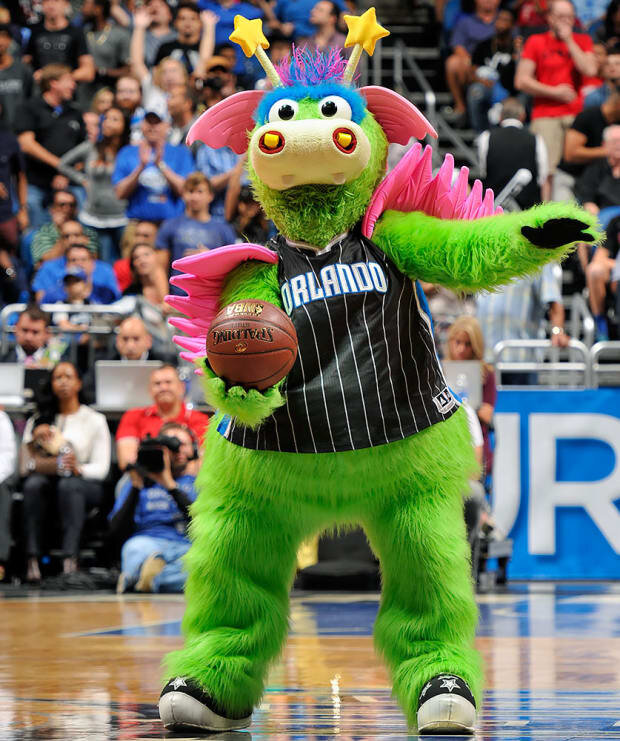 To increase the strength of the jerk, it is advisable to pull out with a turn of the torso.
To increase the strength of the jerk, it is advisable to pull out with a turn of the torso.
If the ball cannot be cleared immediately, the referee awards a dropped ball. The appointment of a dropped ball is a partial victory for the defender.
A snatch is used when the opponent holds the ball in his hands, when the opponent lands after catching the ball in a jump, especially when playing from the backboard, and also when the opponent dribbles.
Lately, players have been successful in taking the ball away from players who are finishing dribbles. The defender carefully observes the player dribbling the ball, and, having determined the end of the dribbling, quickly captures the ball a little earlier or simultaneously with the opponent.
USSR national team player L. Alekseeva successfully uses the ball snatch after the player has caught the ball, standing with his back to the direction of movement and having lost his bearings in the position of the defender, makes a turn and tries to start a dribble or other action. An unexpected face-to-face meeting with a defender gives the defender an advantage to capture the ball (fig. 63).
An unexpected face-to-face meeting with a defender gives the defender an advantage to capture the ball (fig. 63).
Fig. 63. Pulling the ball
The fight for the ball that bounced off the backboard is typical for both defensive and offensive actions.
In order to avoid repetition, we have described this technique in the chapter "Attack".
How to improve dribbling at home?
6 tips that will help every basketball player
Sometimes you look at Irving's highlights, you want to practice dribbling, but they don't let you into the gym. It's winter outside and you can't knock the ball either. What to do at this moment and how to be, we analyze in this article.
Often players say dribbling but don't know what it means. Let's take a broader view and break down possession in general, because basketball isn't just about hitting on the spot and crossovers. Our main goal is to score more than the opponent, and for this we need to be able to move around the court from one point to another with the ball under pressure from the defender and bring the ball into a comfortable position for a shot or pass. It's all ball possession.
It's all ball possession.
Can ball possession be improved at home? Yes, but the effectiveness depends on the level of your training. Work at home is very limited, so if you have no other choice - it is better to try to do at least something than just sit.
What to do? Hold 6 points:
1. If you have a couple of square meters and no neighbors below, or they are not disturbed by your hitting the ball, then you can fully train.
For example, you can work on these things:
All this and more, we are working on the LVL UP course in the online school. A couple of square meters and 15 minutes a day is enough to progress.
2. If you can't hit the ball, you can work on your hand speed and ball feel.
Do various rotations around the head, legs and body. You can do the same in the lunge and other basketball positions. Try different combinations and stance changes.-Step-5.jpg/aid43486-v4-728px-Play-21-(Basketball)-Step-5.jpg)
3. In continuation to the second paragraph, the ball is thrown with straight arms.
Start simply with your arms outstretched in front of you, then try with up and down movements, and in the most difficult variation, add a chest rotation.
4. Visualization.
Close your eyes and imagine yourself moving around the court with the ball. It is important to fully immerse yourself in the moment and live it, and not be an outside observer.
5. Visualization in life, or I don't know what else to call it.
Start repeating the movements as if you were hitting a ball and making transfers. Take a video and see how it looks from the outside. It probably won't look like cool dribbling. Try to fix it.
6. Work on the body.
By developing your body, you will open up opportunities for skill development. Regular dribbling requires a mobile hip, strong glutes, a mobile chest, and a strong core to better deal with defensive pressure.